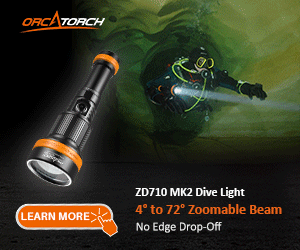Dr. Caruso the US air force pathologist reviewed close to 500 diving deaths for DAN over a 15 year period (if I recall) and found interestingly that in the fatalities where either the tank air or blood was analyzed for CO post mortem that in about 3 percent of the cases CO was detected. In the tanks no CO should be detected. COHb will be elevated in a smoker's blood post mortem.
As Don pointed out it is still rare to analyze a diver's blood for carboxyhemoglobin especially in the tropics. If one doesn't do these tests routinely in all dive fatalities the true incidence of the CO problem will remain under-reported.
Just so you don't think this is a problem confined solely to the tropics have a look at this study from Texas where 27 anonymous samples were taken from local dive shops. One tank contained 25 ppm of CO and the nitrox results give one pause for thought.
[abstract] RECREATIONAL SCUBA AIR AND EAN NITROX QUALITY
---------- Post added December 21st, 2013 at 10:09 PM ----------
Yes and tainted tanks are far more common in some industries such as the dive industry when compared with compressed air samples from the fire service.
The CO failure rate at 10 ppm in the dive industry remains about 3% whereas in the US fire service the CO failure rate is ~0.1%. Same oil lubricated compressors but vastly different rates.
In the fire service the compressor operators are properly trained, air samples are taken quarterly, CO monitors are mandatory, and most importantly the equipment is installed and maintained as per manufacturer's recommendations.



 Some studies show 3% of tanks are CO tainted, and my experiences have been higher.
Some studies show 3% of tanks are CO tainted, and my experiences have been higher.
